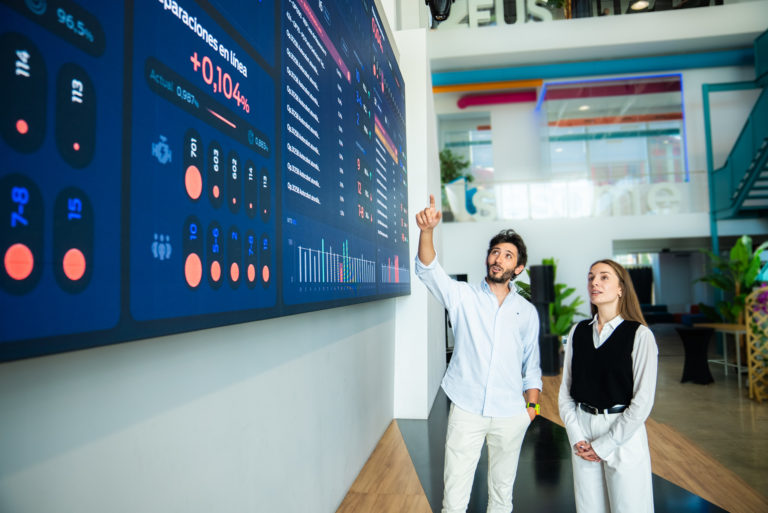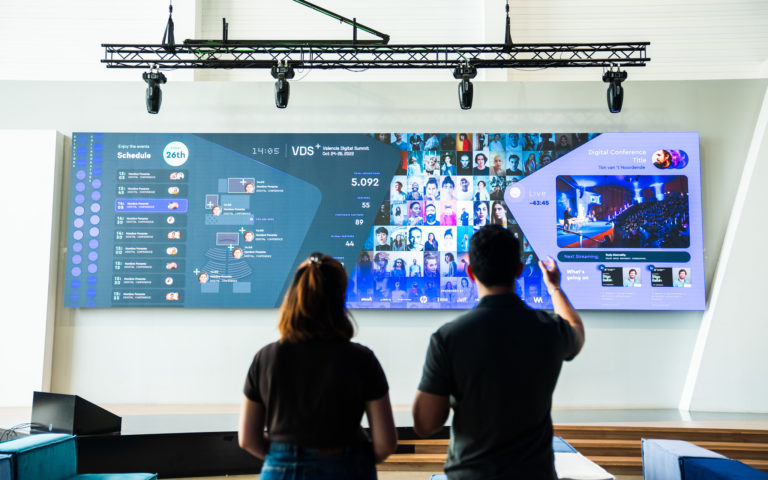The value behind data

Data analytics is, today, an indispensable resource for companies and something we cannot ignore. Regardless of the size and sector of our company, if we want to survive, data must have an important weight. I take this opportunity to leave here a recommended reading: “Data Strategy. How to benefit from a world of big data, analytics and internet of things” by Bernard Marr. In it, Marr talks about how data has that spark that will allow us to react, optimize management times, make better decisions and, ultimately, increase our profitability.
Today, we can monitor and obtain data on practically any aspect of our business. The challenge is to select those that best suit us and, above all, to give them the value they deserve. And this is precisely the job of the indicators: to give value to the data.
SMART Objectives
A dashboard must always be created with a specific objective, a purpose. It is recommend that we always think of the acronym S.M.A.R.T, for the elaboration of that objective. This is a mnemonic rule to remember the following characteristics:
- Specific: the objective must be concrete and precise.
- Measurable: it must be quantifiable.
- Achievable: we must be able to achieve it.
- Relevant: the information provided by the indicator must provide useful knowledge for the achievement of the objectives.
- Timely: we must establish a specific time frame.
All this brings us to two of the most important indicators: KPIs and KRIs. Knowing how to distinguish between them is not a simple question of terminology: they are often confused because we are not clear about the purpose for which they were created, and this can lead to their inappropriate use.
What are KRIs?
KRI indicators are used to perform these two types of analysis. They are used to determine the potential risk of a given event. When we talk about risk, we are not only referring to threats, but also to opportunities.
These indicators do not need constant visualization and do not require any action. They are ideal data to review in monthly or quarterly reports (e.g. net profit before tax).
While KPIs measure the current state of our business, KRIs allow us to create an alarm, a system that alerts us to the possibility of a certain event happening.
For example, let’s imagine we have a subscription-based SaaS business like Netflix. A key risk indicator could be the churn rate, as an increase in this KRI could be an early indication that a problem needs to be solved with our customer regarding their satisfaction with the product.
What are KPIs?
KPIs are performance indicators. They are used to track business activity and determine the efficiency of processes and, based on this information, to find out which aspects of the business need to be discarded, improved or where we may need to allocate more resources.
KPIs require constant monitoring (24 hours a day, 7 days a week) through business dashboards, which enable us to make real-time decisions and react quickly to any unforeseen event.
KPIs allow us to perform a descriptive analysis and check whether we are meeting the objectives set, measuring the results a posteriori.
For example, to increase productivity, we should establish logistics KPIs such as inventory turns or procurement lead time and establish under what parameters the performance and level of process optimization meets the objectives.
Difference between KRI and KPI
There is a direct relationship between KRI and KPI, since forecasting is always based on previous business results. We predict future events based on past or even present risk events. They are complementary indicators: the KPIs serve as a guide for drawing up the KRIs.
In short, the KPIs inform us about the current state of our business and the achievement of our business objectives, and the KRIs measure the potential risk that could have an impact on these objectives, two indicators which, taken together, provide us with an overall view of our activity.



